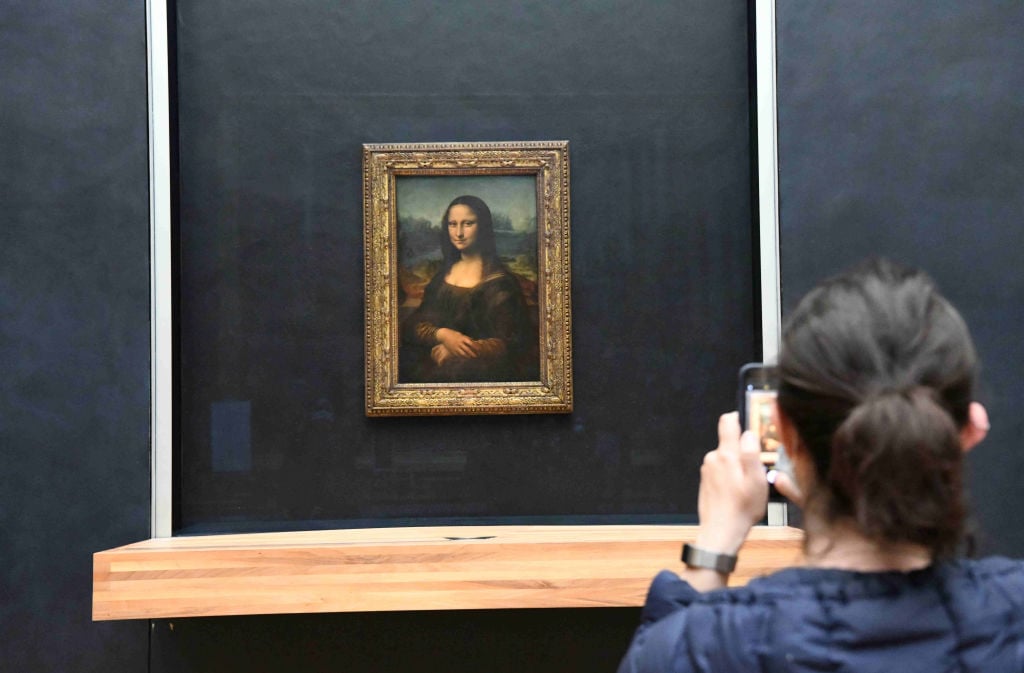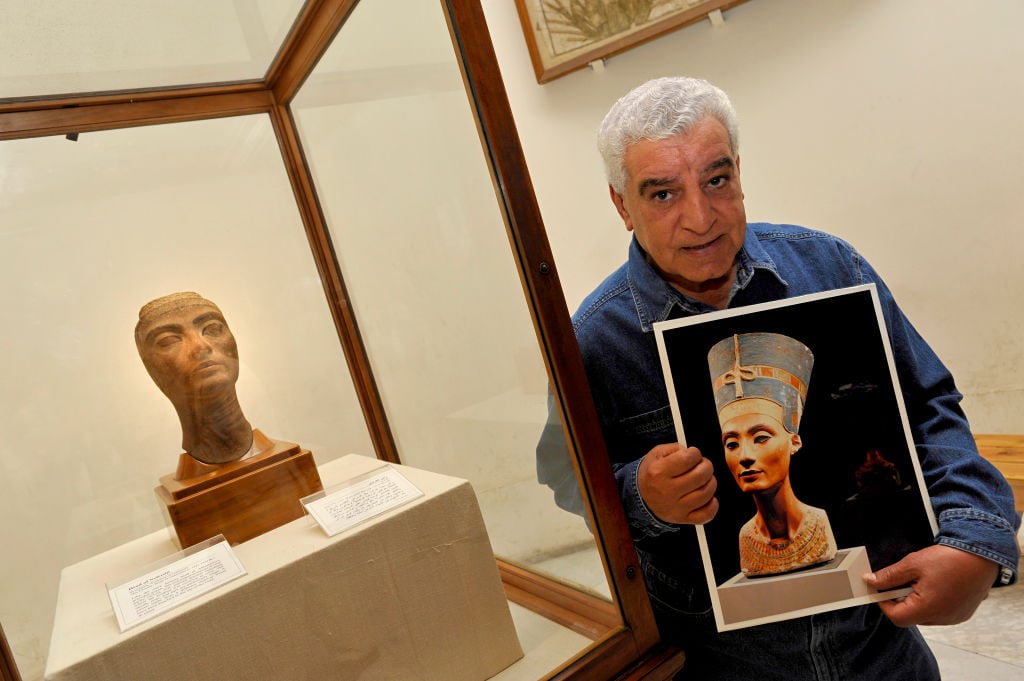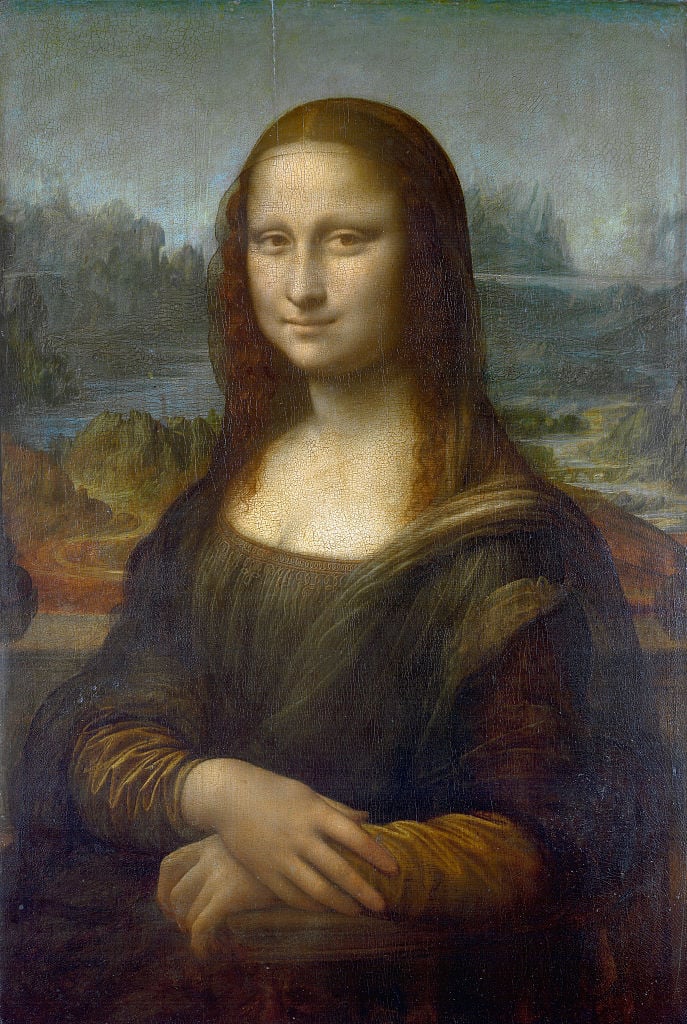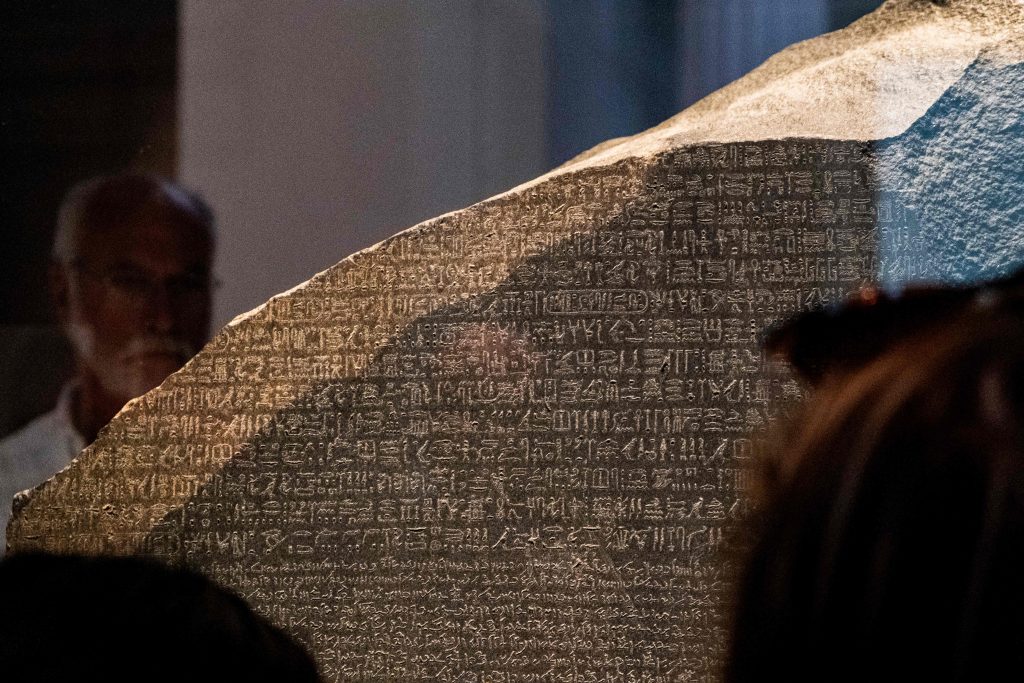Museums & Institutions
Restitute the Mona Lisa to Italy? Not So Fast!
Egyptian archaeologist Zahi Hawass said the famous painting 'has to come back to Italy.'

Egyptian archaeologist Zahi Hawass said the famous painting 'has to come back to Italy.'

Sarah Cascone

Outspoken Egyptian archaeologist Zahi Hawass made another headline-grabbing remark this month when he promised to help Italian minister of culture Gennaro Sangiuliano secure the return of Mona Lisa from the Louvre in Paris.
“I and Italy can join together to return Italy’s stolen artifacts,” Hawass, the former Egyptian minister of tourism and antiquities, told Italian news agency ANSA. “[The Mona Lisa] is the most important thing. It has to come back to Italy.”
Restitution, of course, has become a hot-button issue in recent years—but it’s quite a stretch, to put it mildly, to claim that the famed Leonardo da Vinci painting was stolen.
The artist spent the last three years of his life in France, working in the court of King Francis I. The Mona Lisa was presumably a gift to his patron, and has been the property of the French nation since Leonardo’s death.

Zahi Hawass, holding a photo of the bust of Nefertiti housed at the Neues Museum in Berlin, next to a unfinished bust of Nefertiti on display at the Egyptian Museum, Cairo, in 2009. Photo by Patrick Chapuis/Gamma-Rapho via Getty Images.
“The precise route by which the Mona Lisa entered Francis’s collection is still quite tangled, but he hardly had to indulge in some kind of illegitimate appropriation of a painting by his own artist,” Leonardo expert Martin Kemp wrote in the Art Newspaper. “There is no case for thinking that the Mona Lisa was literally ‘stolen’ by the French king.”
It is however, exactly the kind of bold claim that Hawaas has been making for years. The 2008 Sharon Waxman book Loot, about the history of stolen artwork, called him “the loosest cannon in the Egyptian government. No one in the culture ministry ever knows what Hawass is apt to say.”
But Hawass isn’t the first to suggest the rightful place for the Mona Lisa is back in Italy. In fact, in 1911, an Italian artist named Vincenzo Peruggia who had worked at a cleaner at the Louvre actually managed to steal the masterpiece. He later claimed patriotic motives, saying he wanted to bring the painting home since it had been stolen by Napoleon.

Leonardo da Vinci, Mona Lisa. Photo by VCG Wilson/Corbis via Getty Images.
The theft helped elevate the painting to the world famous status that it enjoys today. But while Napoleon did systematically loot art museums to bring masterpieces back to the Louvre, Peruggia was sorely mistaken about the Mona Lisa being one of them.
Hawass has since tried to backtrack on his comments regarding the Mona Lisa. “My statement regarding a possible support for the restitution of Italian works, is absolutely not consistent with what I recently stated in Orvieto, probably the consequence of an incorrect translation,” he told ANSA, as translated by Google. (His initial remarks, as quoted above, were originally in English, as seen in this video.)
Hawass was in Italy to give a talk about recent Egyptian archaeological discoveries at the Isola del Libro literature festival in Orvieto. In an interview with ANSA, he reiterated his longstanding desire to secure the return of three of the most famous Egyptian antiquities: Rosetta Stone from the British Museum in London, the statue of Queen Nefertiti from the State Museums Berlin, and the Dendera Zodiac ceiling from the Louvre.

Visitors view the Rosetta Stone at the British Museum in London. Photo by Amir Makar/AFP via Getty Images.
When it comes to those potential restitutions, which Hawass has sought since 2007, Egypt has a much stronger case than Italy.
The French discovered the Rosetta Stone during the Napoleonic invasion of 1799. When the British defeated Napoleon two years later, the stone went to the British Museum.
German archaeologist Ludwig Borchardt negotiated to take the Nefertiti bust as part of the “partage” system in the 1920s.
And the French collector Sebastien Louis Saulnier claimed to have permission from the Egyptian ruler to remove the zodiac ceiling from the Temple of Denderah in the 1820s. He spent more than three weeks trying to saw off the intricate carvings of the cosmos, before resorting to gunpowder explosions.
But despite Hawass’s efforts, the Egyptian cause has yet to pick up the same steam as the push to return the Benin Bronzes, looted by the British in 1897, to Nigeria. Mounting global pressure has seen German museums restitute 21 objects, the Smithsonian Institution return 29 artifacts, and the Stanley Museum of Art at the University of Iowa turn over two pieces to the former royal family of the Benin empire.
Restitution also continues to make headlines in the case of the Parthenon Marbles, most of which are also housed at the British Museum. The new director, Nicholas Cullinan, recently proposed a “lending library” as a possible answer to Greece’s request for their return, first formally issued in 1983.